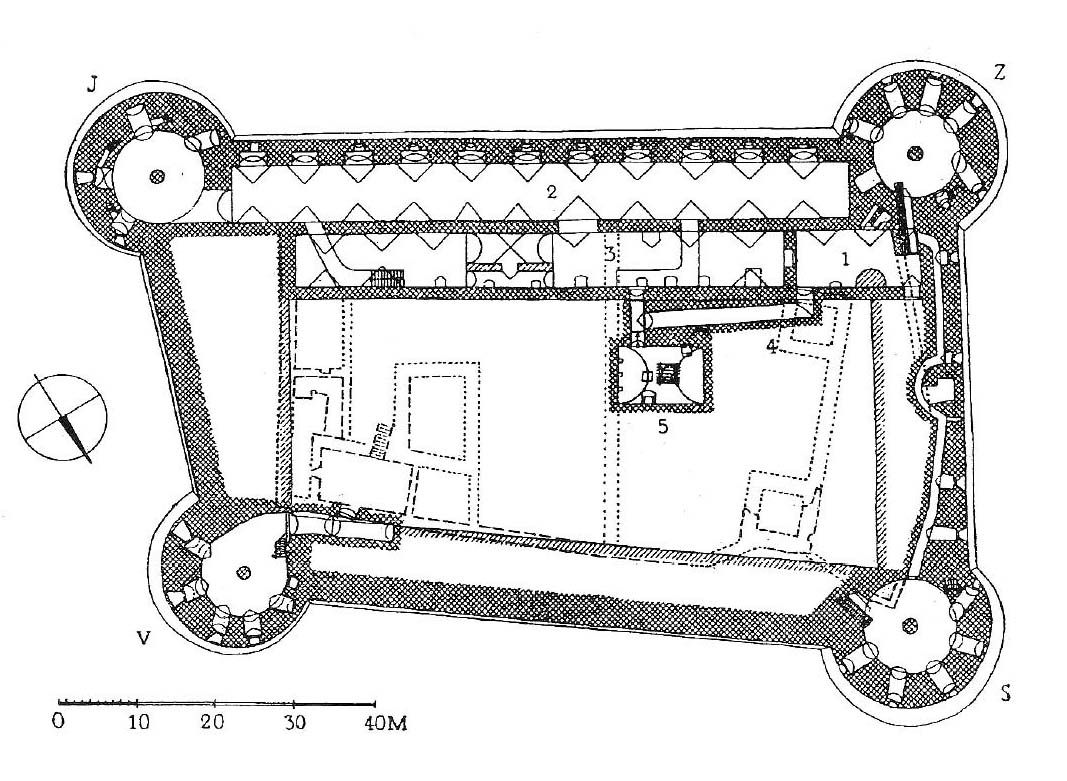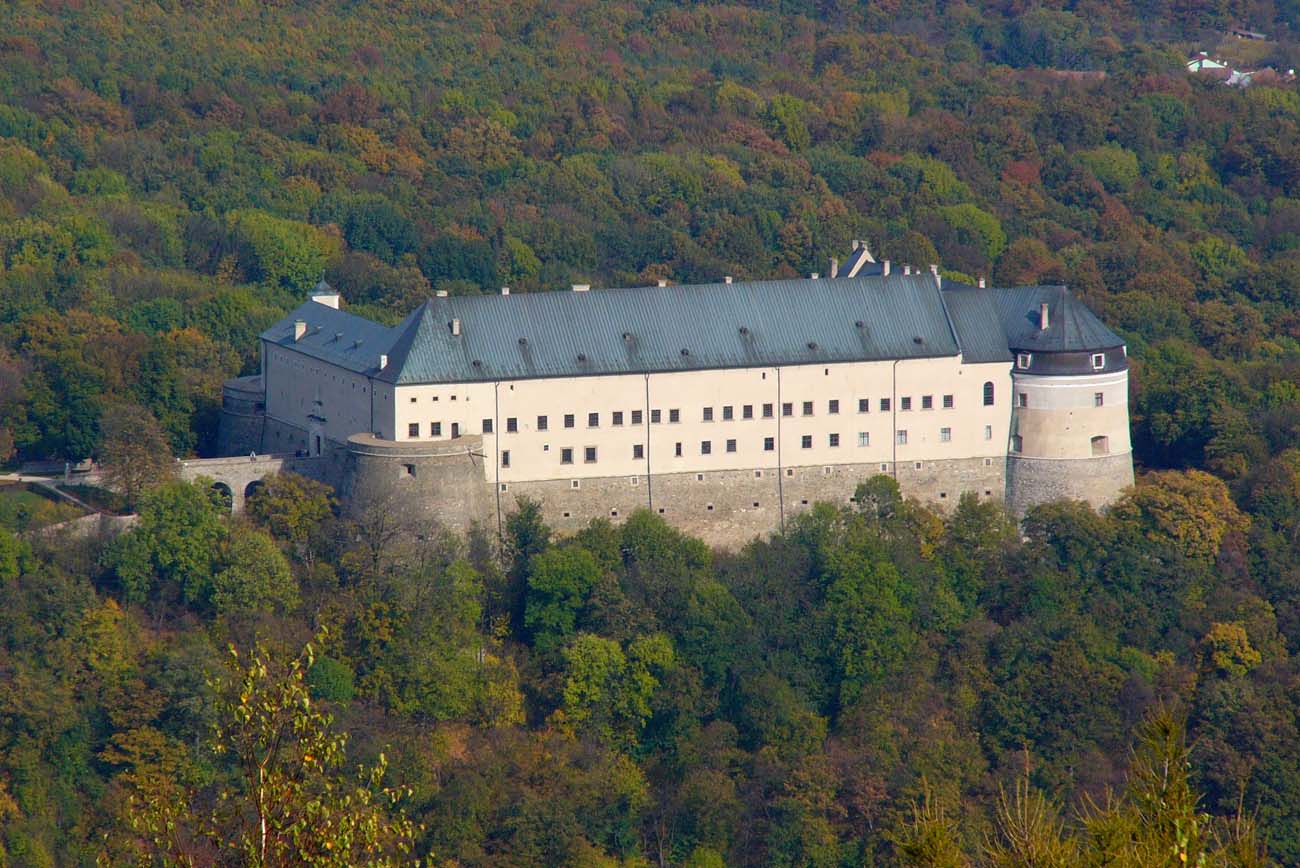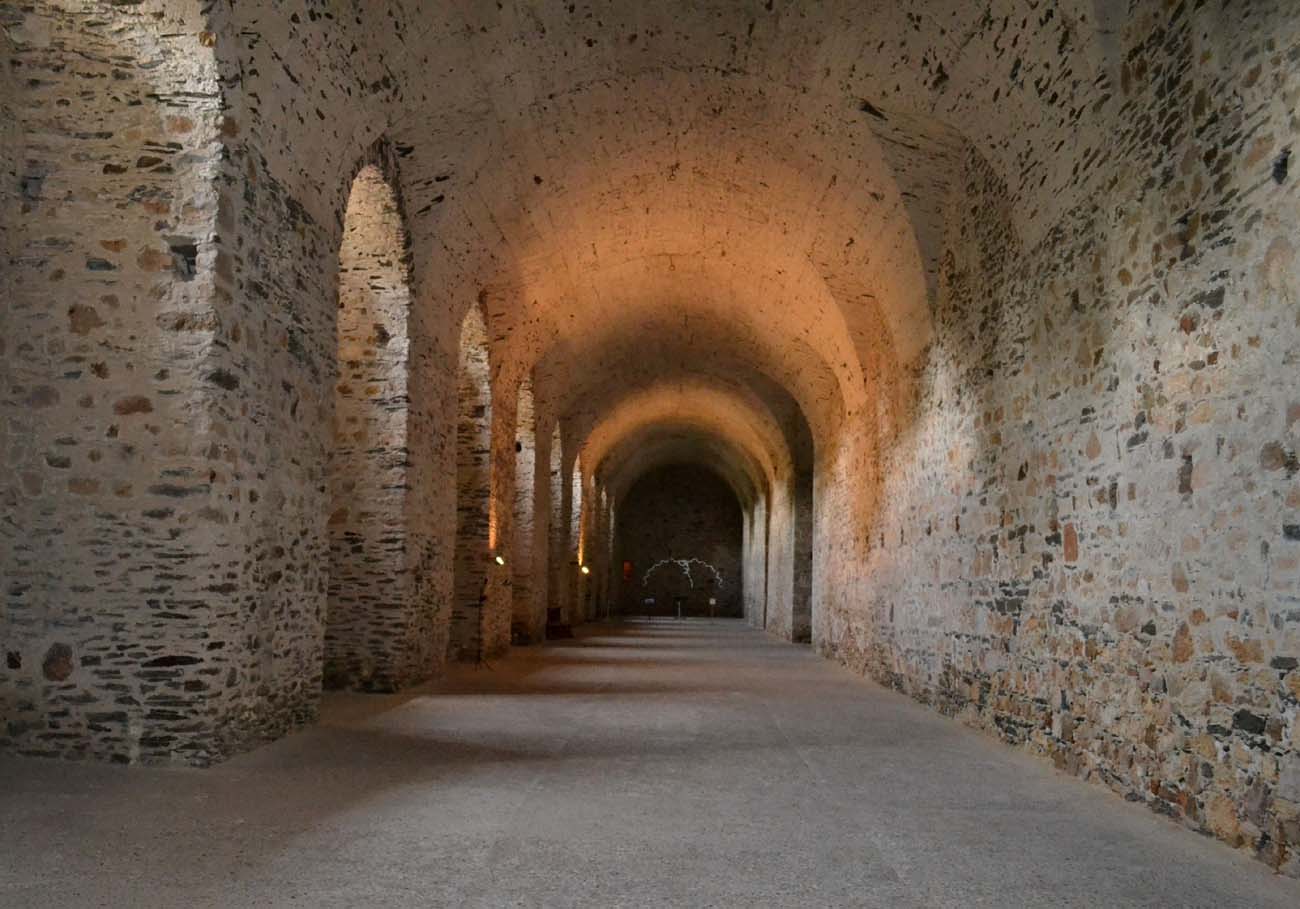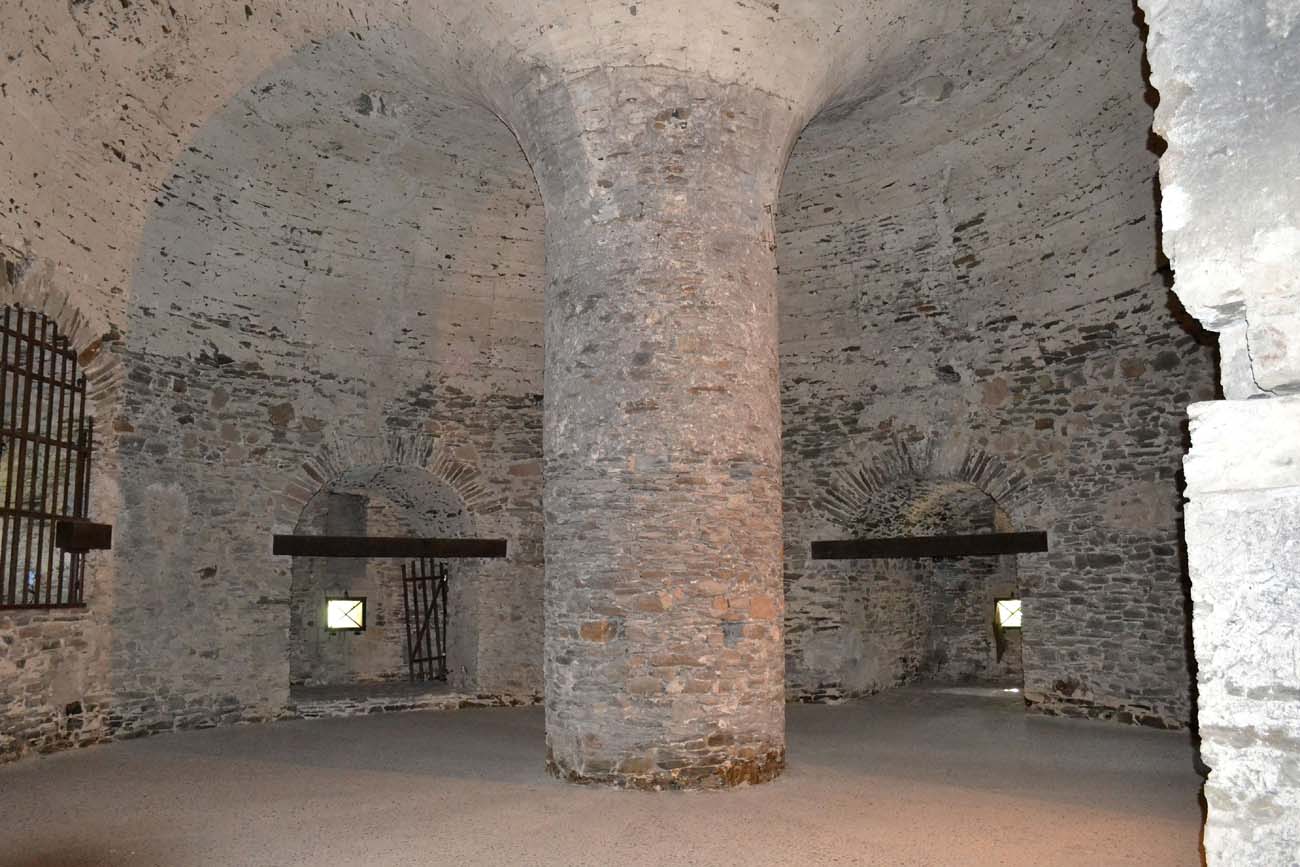Historia
The castle was built around 1230 by queen Constance, daughter of the Hungarian king Bela III and the widow of the Czech king, Ottokar I of Bohemia. It was one of the border points of resistance against the invasion of enemies. In 1296, Červený Kameň was bought by the strongest at the time Hungarian magnate Matthew III Csák, but after his death in 1321 the castle returned to the royal hands. From the mid-fourteenth century, its private noble owners changed frequently.
In 1535, castle became the property of the German, merchant Fugger family. On the recommendation of the then owner Anton Fugger, the stronghold was extended and additionally fortified, becoming one of the most powerful and modern fortresses that could be found at the time in the Little Carpathians. Unfortunately, during these construction works, the medieval building was almost completely demolished. From 1583 until the end of World War II, the castle was owned by the wealthy Hungarian family of Pálffy. It was during their reign that castle obtained its present shape of the Renaissance-Baroque residence.
Architektura
The castle was built on a high hill, whose steep slopes protected it from the south, east and partly north and west, enabling the only convenient access road from the north-west, where later was the outer ward. The original 13th-century castle was probably founded on the plan of an elongated quadrangle. It was surrounded by a wood and earth ramparts, and then a stone defensive wall. It had a main quadrilateral residential tower in the rear (eastern) part of the site, located close to the rainwater tank. The main tower was mentioned in documents in 1271. The residential building was attached to the inner face of the defensive wall, on the southern side, facing the valley. In addition, in the front of the castle (west side) there were at least two more towers connected to the defensive wall. It probably also had residential functions.
Current state
The original medieval castle was practically completely demolished during the construction works of the early modern fortress. Currently in the Renaissance – Baroque building theres is a branch of the Slovak National Museum. Visitors can admire here, among others a rich collection of paintings, porcelain, weapons and historical furniture. In the walls of the stronghold, various temporary exhibitions and knights tournaments are often organized. In addition, the property has a castle wine bar and restaurant with a cafe.
bibliography:
Bóna M., Plaček M., Encyklopedie slovenských hradů, Praha 2007.
Wasielewski A., Zamki i zamczyska Słowacji, Białystok 2008.








